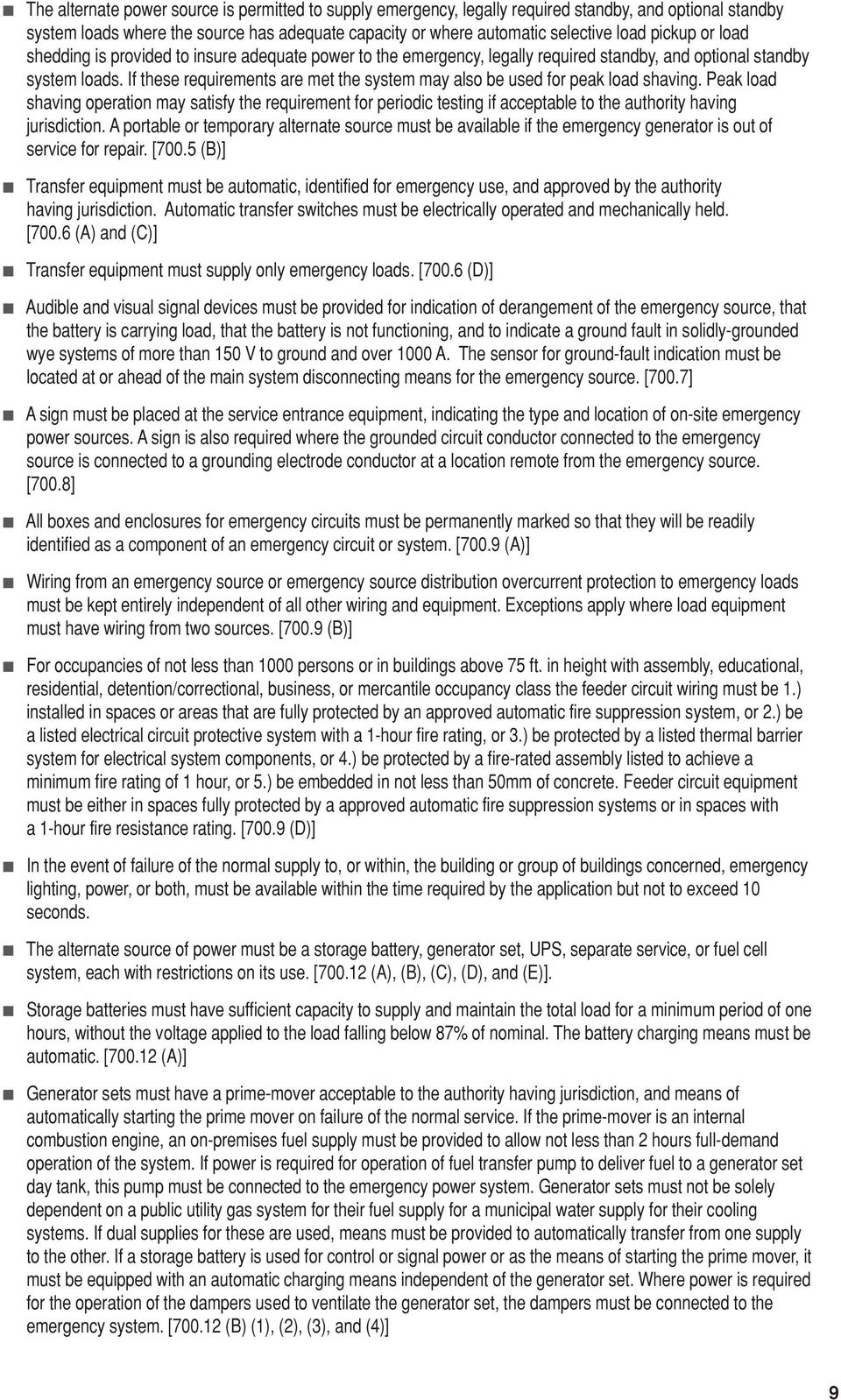Emergency Standby Power Systems Pdf Merge
Switchgear system. D Generator set features: d Premium sound-attenuated ISO container d Emergency stop switch mounted at the floor inside of the engine room door d Internal fuel tank with. Fuel Consumption at Standby Rating. These sophisticated Power Control Systems combine a generator set and. NFPA 110 -Standard for Emergency and Standby Power Systems NFPA 111 -Standards for Stored Energy Power Systems. COPYRIGHT SQUARE D COMPANY -NOT FOR DISTRIBUTION 10. Emergency Standby Power Systems Pdf Viewer. Standard for Emergency and Standby Power Systems. Online Document Viewer. Adobe Cc Master Collection Mac Os X Crack Included Mega. International Building Code Table 4.

Public and/or large buildings have emergency power systems installed to allow certain electrical components to operate during a power outage. Homeowners are also installing smaller standby generators on their property, especially if they are in rural areas where power restoration after a storm could take days or weeks. Emergency and standby power systems can be fairly simple (for homes) or very complex (for large institutional buildings like hospitals). Emergency vs Standby Power The difference between the 3 types of backup power is often confusing. We will describe the systems here, but it is important to note that code officials and other authorities having jurisdiction can require that certain elements and devices be on a system other than what we call for here. In the United States, backup power systems are governed by NFPA 110, Standard for Emergency and Standby Power Systems.
Emergency Power Systems provide automatic backup power in the event of normal power loss. Digital Computer Electronics Malvino Free Download on this page. They are required by code and shall provide power within 10 seconds to all life safety systems such as egress lighting, smoke evacuation, fire alarm systems, elevators, etc. Simply put, anything that will protect the lives of the building occupants should be on Emergency Power. Another important thing to remember is that emergency power systems must be completely separate; this means that they shall have their own conduit runs, their own panels, their own transfer stations, etc. Legally Required Standby Power Systems also provide automatic backup power in the event of normal power loss, but they have 60 seconds to engage.